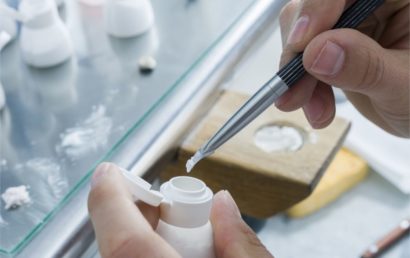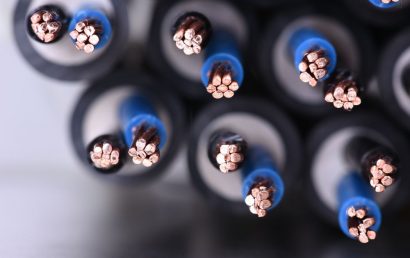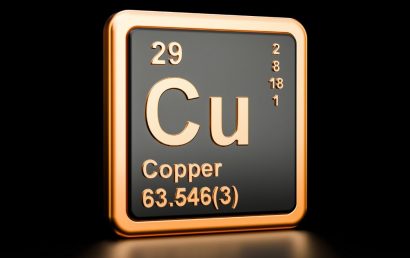Understanding Abrasive Wear And How To Reduce It
When one material moves across the surface of another material, the surfaces of one or both can be affected. Essentially, surface particles can be removed by this action, the action being referred to as “abrasion” or abrasive wear. The surface is, simply put, worn away. Abrasive wear can be affected by a number of factors including the following:
- The characteristics of motion.
- Regarding the material moving across the surface – abrasion properties.
- Regarding the item being worn away – surface properties.
Understanding Abrasive Wear: Attrition Mechanisms
The above-stated mechanisms of attrition become important and must be understood should a problem arise as a result of abrasive wear. The more you understand about abrasion mechanisms, the better off you will be in regard to finding a solution to the problems you face as a result of abrasive wear. Abrasion mechanisms can be affected by the following issues.
- The effects of moisture content.
- The range of particle size(s).
- Particle and surface component properties.
- Particle and surface physical and chemical properties.
- Particle and surface deformation characteristics.
- During abrasion, contact pressures.
- During abrasion, contact angles and contact time.
- Involved momentum and velocity.
- Particle and surface hardness.
- Regarding the particles or surface doing the abrading – the shape.
- Regarding the surface being worn away – the shape.
The Properties of a Surface
The hardness of a surface is its most essential characteristic. This will help determine how well or how poorly it resists abrasion. The next most essential characteristic of a surface is its ability to resist indentation or “surface yielding”. Generally speaking, in comparison to rough surface finishes, flat, smooth surfaces are usually preferred (to resist abrasive wear).
The Properties Of Particles
In addition to surface characteristics or properties, particle properties are essential factors in the abrasion process. Properties exhibited by particles (which, by the way, affect the wear rate) can include weight, size, impact behavior, surface shape, and hardness. Aside from tests in a laboratory, do-it-yourself testing is possible to get a better idea of particle characteristics.
Some of these do-it-yourself tests can include the following:
- To the particles, add moisture and observe the results.
- Use various solid objects to impact a thin layer of the material and observe the results.
- Between your fingers, feel the particles.
- Under strong magnification, view the shape of the particles.
Properties of Motion
Another important factor to comprehend in order to fully understand abrasive wear is how the particles and a surface come together. Are the particles simply rolling across the surface or being smashed into it? As the particles move over a surface, are they being deflected or moving straight over it? Are the particles heavy and moving slowly or heavy and moving at speed? Is the particle likely to cut or slice at high velocities because it is sharp-edged and hard? Having an understanding of the motion and forces undergone by particles leads to more appropriate material selection.
A&A Coatings Protects Against Abrasive Wear
At A&A Coatings, we provide surfaces with the protective coatings needed to ward off wear – be it abrasive or in another form. Contact one of our knowledgeable representatives to discuss the type of wear your company deals with on a regular basis. We can provide solutions using today’s high-tech thermal spray methods and materials. Give your parts, components, and other various surfaces the protection they need to minimize downtime, reduce maintenance costs, and generally improve your bottom line.



